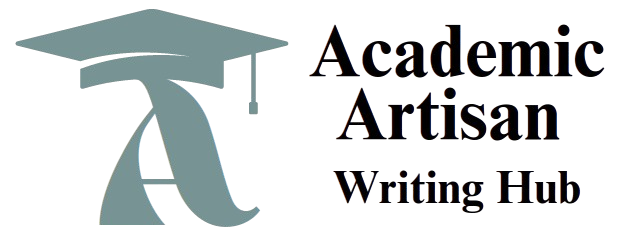WhatsApp Number: +1(249) 265-0080
Impact of Technology on Education
Here is the writing prompt:
Analyze how technology has transformed education, both positively and negatively. Consider the rise of online learning, digital literacy, and access to educational resources, and how these shifts have impacted students’ learning experiences.
Use at least three scholarly sources and include MLA citations.
at least 8 pages!
NO AI allowed.
Check our essay writing services here
Impact of Technology on Education
Introduction
The rapid evolution of technology has fundamentally altered the landscape of education, both enhancing and complicating the learning experience. From the rise of online learning platforms to the integration of digital literacy in classrooms, technology has reshaped how students access knowledge, engage with content, and interact with their peers and educators. This shift has led to numerous benefits, such as increased accessibility, personalized learning opportunities, and the democratization of educational resources. However, these advancements are not without their drawbacks, as issues related to digital inequality, information overload, and the decline of traditional learning methods have surfaced. This paper examines the positive and negative transformations technology has brought to education, with a focus on online learning, digital literacy, and access to educational resources.
Positive Transformations in Education Through Technology
- Increased Accessibility to Education
One of the most significant advantages of technology in education is the increase in accessibility. Online learning platforms, such as Coursera, edX, and Khan Academy, have made education more accessible to a global audience. These platforms allow students from diverse backgrounds, including those in remote or underserved areas, to access quality education without geographical constraints. Furthermore, technology has facilitated the development of educational tools that cater to students with disabilities, ensuring that learning is more inclusive.
According to a study by Allen and Seaman (2017), the number of students enrolling in online courses has steadily increased, with millions of learners benefiting from the flexibility and convenience of digital learning. This trend is particularly evident in higher education, where institutions have incorporated blended and fully online degree programs to meet the needs of…


